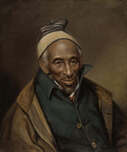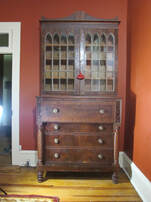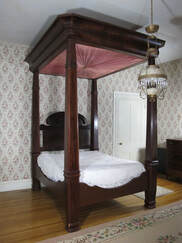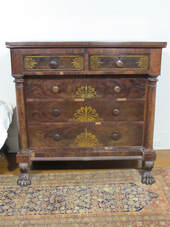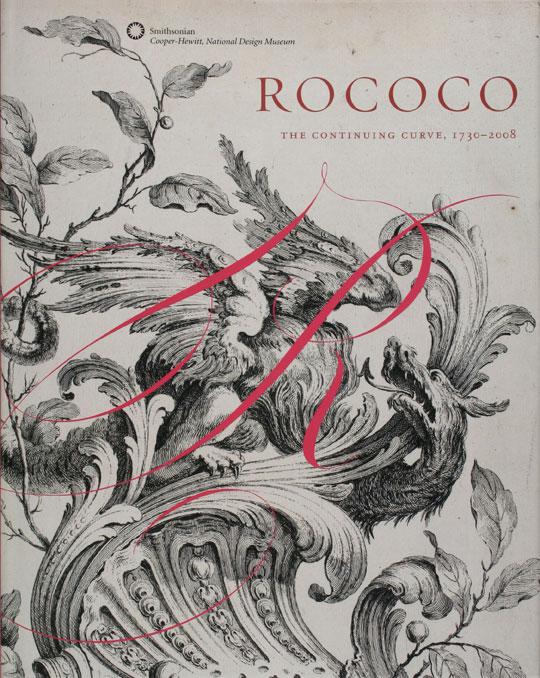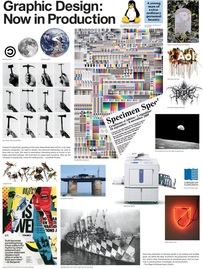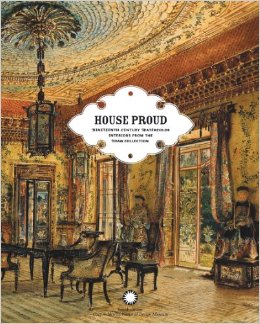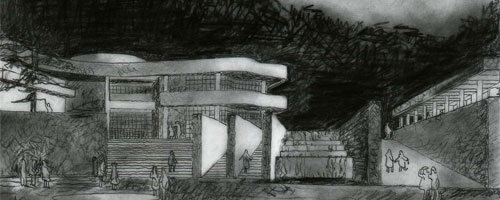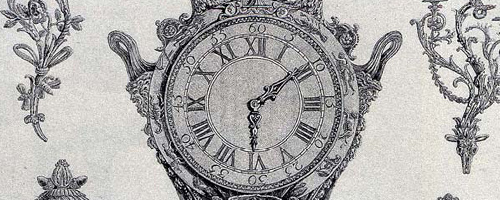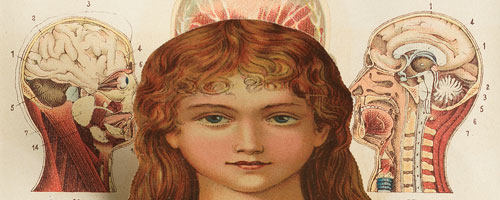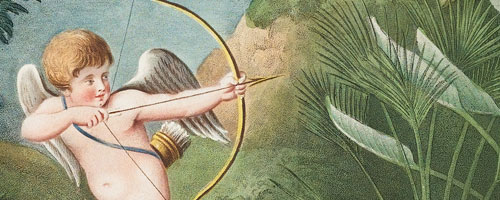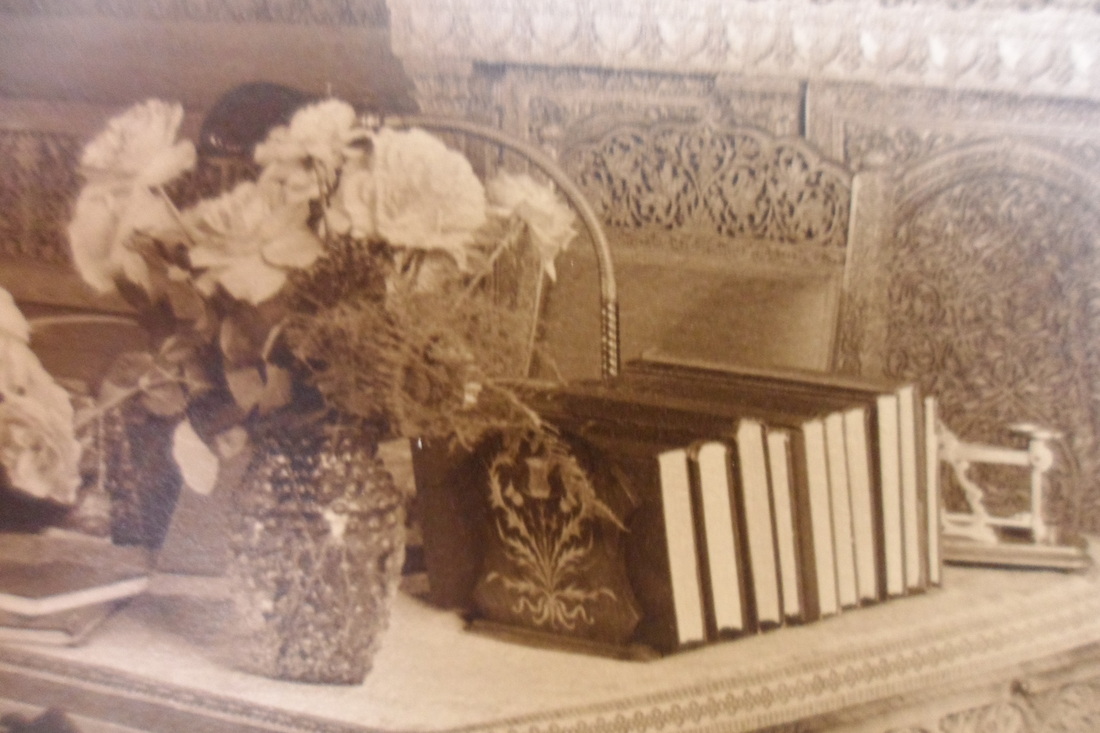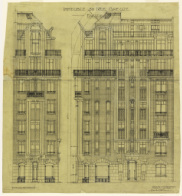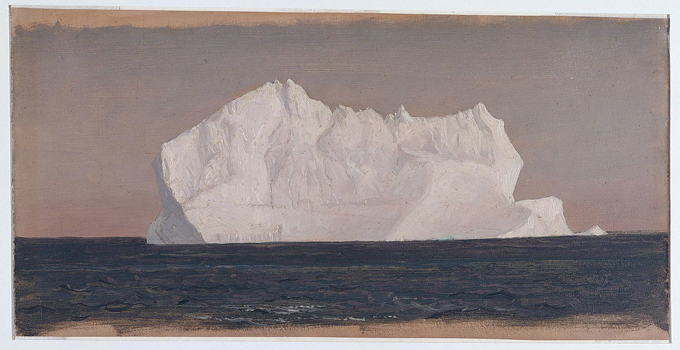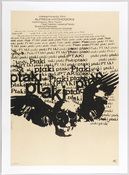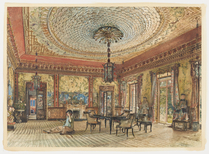At the Philadelphia Museum of Art...
|
I MANAGE FUNDRAISING FOR NUMEROUS SPECIAL PROJECTS, INCLUDING
|
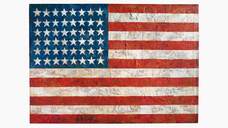
Jasper Johns: Mind/Mirror, a retrospective of one of the greatest living American artists, organized with and on view simultaneously at the Whitney Museum of American Art. This is the largest exhibition project the museum has ever undertaken. Total funds raised: $1.9M.
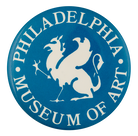
The Women's Committee of the Philadelphia Museum of Art's annual grants process, which has awarded over $20 million to the museum since 1965. This includes all solicitation and review of proposals, support for executive and committee reviews, and administration of grants and reporting.
|
At Winterthur Museum...
|
I RAISED FUNDS FOR
I LECTURED
I DESIGNED
|

The Elizabeth Terry Seaks Furniture Conservator, a newly-endowed position first held by Mark Anderson, now Furniture Conservator Emeritus.
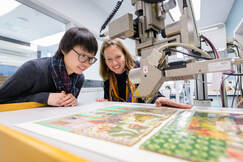
Upgrades to the Scientific Research & Analysis Labs, one of only 18 state-of-the-art analytical centers in the country. As part of a capital campaign, new picture windows added in the corridor now permit visitors on conservation lab tours to view conservators, instruments, and analysis in action.

"Finding Philadelphia Furniture and its Patrons in the Gulf South," with A. Nicholas Powers, Winterthur Museum Furniture Forum
Workshop "Philadelphia Furniture Gallery Walk," with Brock Jobe and Stephanie Auffret 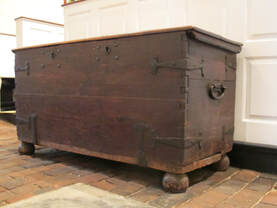
A theoretical course in the history of early American furniture-making entitled "From Sea to Steam: American Furniture to 1830." In this independent study overseen by Ritchie Garrison, I interviewed scholars, historians, and professors who taught this subject--or early American culture broadly--for guidance on pedagogy, methodology, resources, and practices in shaping my course syllabus.
|
|
A variety of American, English, and European household furnishings made from about 1775 to 1900 as a field study fellow for the Classical Institute of the South in 2013. This project (now known as the Decorative Arts of the Gulf South) is managed by The Historic New Orleans Collection. Working with my partner Nicholas Powers, we catalogued several hundred examples of portraiture, furnishings, silver, glass, lighting, and musical instruments. Most furnishings were in private ownership, belonging to descendants of their purchasers or first owners. Furnishings included those imported from urban centers in the northeast, cabinet shops in Kentucky and Ohio, furniture made locally in Huntsville, Ala., Natchez, Miss., and New Orleans, La., and furnishings made on local plantations. Both plantation-made furniture and furnishings made in local cabinet shops was likely made by the hands of enslaved artisans who were skilled in a variety of woodworking techniques. My current research aims to identify these men in northern Alabama.
|
At Cooper Hewitt, Smithsonian Design Museum...
|
Collection Management Projects |
